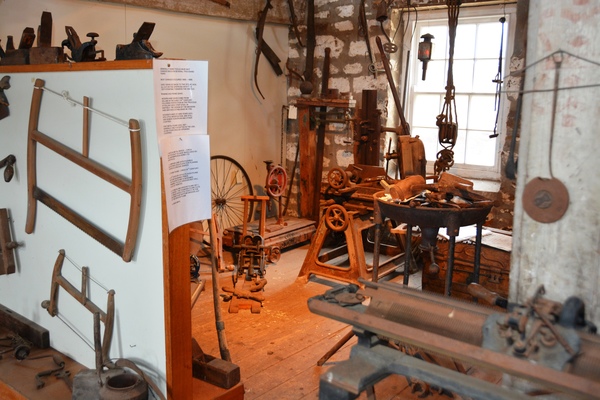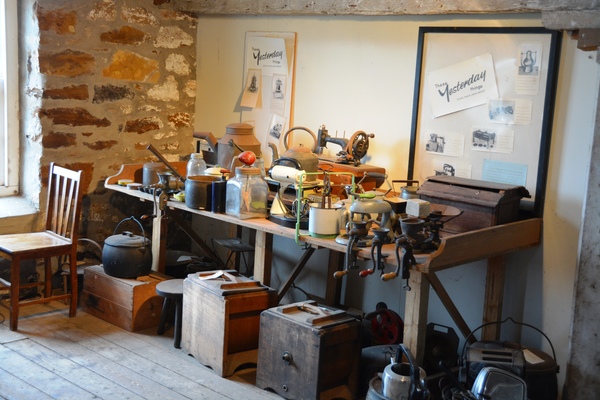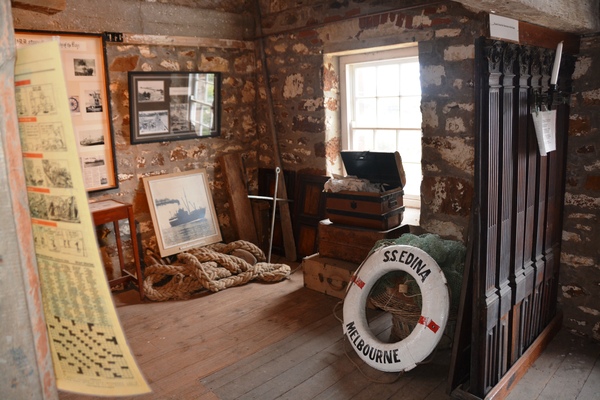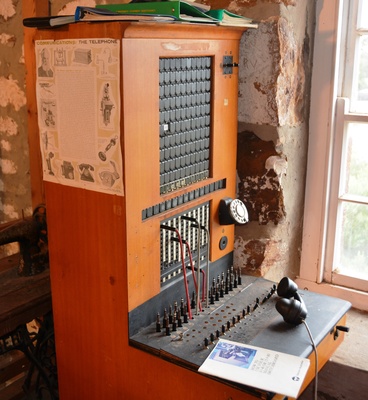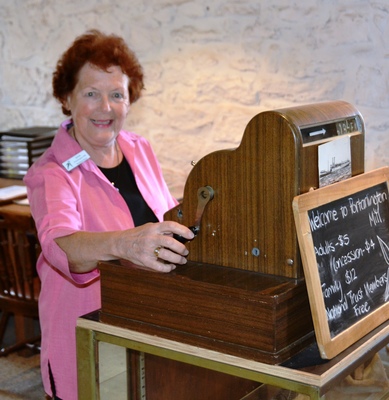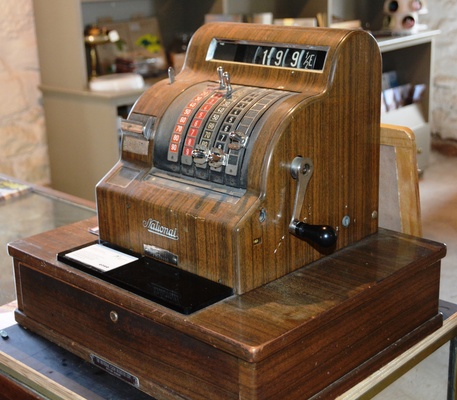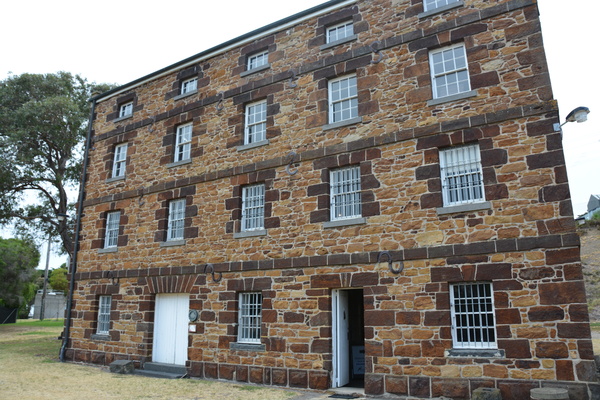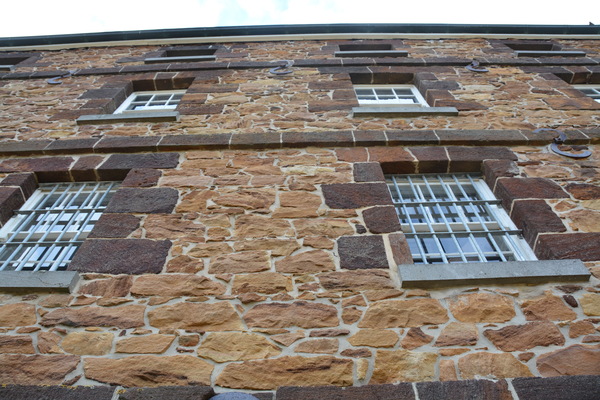By Justin Flynn
She’s 160 years old but only really lived for less than two decades. JUSTIN FLYNN investigates the intriguing past of historic Portarlington Mill.
The grand old Portarlington Mill is still standing proudly more than 160 years after being built.
However, the historic flour mill only operated for 17 years before being repurposed in a number of different guises for nearly a century and a half.
At one point there were more than 250 flour mills in Victoria, but this is one of the oldest to survive.
Built in 1857, six years after Portarlington was declared a town, by Thomas Widdicombe and constructed of local sandstone and timbers, this sturdy-looking mill provided flour to the colony at the time.
It was known as the ‘Granary of the Colony’.
Grain was shipped from Geelong, processed at the mill, and returned to Geelong as flour and bran.
The quarry site chosen to source the stone from which the mill was constructed, was said to be a corroboree site of the Wathaurung people.
The north facing cliffs also provided shelter for escaped convict William Buckley, who spent 32 years living with the Wathaurung people.
The mill wasn’t the first to open on the Bellarine. A mill opened a few years earlier in Drysdale, but was destroyed in a fire in 1861.
In 1874, the steam-driven mill closed when wheat rust set in and its machinery was sent to the Wimmera which had become increasingly used for growing grain crops.
When the wheat industry moved to the Wimmera, Widdicombe used the mill for his brickworks.
Many buildings in Melbourne, Geelong and the Bellarine are made from Widdicombe bricks.
As I browse the impressive structure, I can’t help but be impressed with National Trust volunteer tour guide Jennie Tonzing’s enthusiasm for the mill.
“John Batman had a holiday house here,” she says.
“He initially wanted to build a city here, not on Melbourne’s side, but there wasn’t water. Batman’s grandchildren went to Sunday school here.”
Around thirty workers handmade tens of thousands of bricks a week from the surrounding clay pits.
Most of the mansions in Melbourne and Geelong have these Widdicombe bricks and clay tiles.
Controversially he mixed his mortar with seawater and nobody thought it would last, but it did.
“I sing in a church choir in Drysdale totally built of Widdicombe’s bricks and there’s not a crack in them.
“People started copying his bricks so he reversed the ‘N’ in Portarlington on the brick so if you got a brick with the ‘N’ the right way, you had a fake.”
Later, the mill had other industrial uses – the processing of seaweed for upholstery and insulation, ink production, and then artificial fertiliser.
Two doors down from the mill is the single-storey historic home of Mr Widdicombe, which was built of Geelong bricks on a bluestone foundation in 1850.
The current owners purchased the residence after touring the mill.
With Portarlington becoming popular as a seaside resort town, the mill was converted in the 1950s to a refuge for Dutch immigrants.
“It was very, very basic but welcoming and most of the families are still around in this area,” Ms Tonzing says.
“I went to my first ball with one of the Dutch boys that lived here.”
However the building was then condemned in 1962 and was slated for demolition.
The owner at the time was issued with a notice to close the building.
Demolition was imminent, but at the last minute, the mill was saved when it was purchased by the Shire of Bellarine and presented to the National Trust of Australia (Victoria).
The National Trust spent $40,000 restoring the mill in the 1970s.
“She has a checkered history, but she’s much loved,” Ms Tonzing says.
“When it re-opened to the public in 1971, they came from all over Australia for it.”
Archaeological digs around the mill have given evidence of the old boiler house at the rear, and also earlier aboriginal activity in this area.
Nowadays the mill is a small, but very interesting, museum and also hosts weddings and exhibitions.
Visit Portarlington Mill on Sundays, September to May from noon to 4pm or during a group tour. See nationaltrust.org.au for details.


